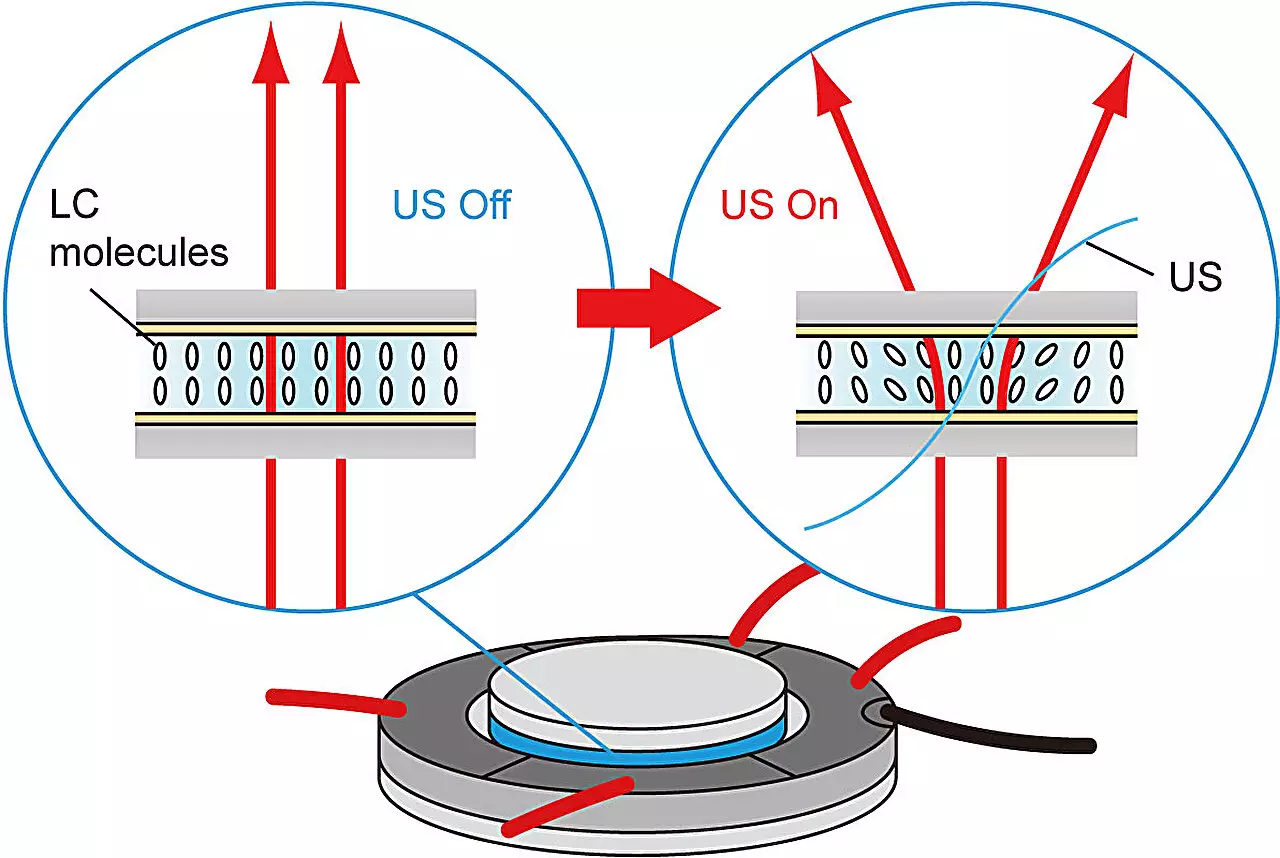Artificial light has played a crucial role in human life since the discovery of fire. Throughout history, humans have continuously innovated new forms of artificial light sources to meet various needs, from incandescent lamps to light-emitting diodes (LEDs). These light sources not only enable us to work and study effectively indoors but also have a significant impact on our physical and mental well-being.
In the quest for aesthetically pleasing and efficient artificial light sources, traditional light diffusers have been used to spread light evenly over a larger area. These diffusers typically have periodic surface profiles, refractive index distributions, or light-scattering layers to control the direction and spread of light. While these properties can be tailored during fabrication to meet specific requirements, they are fixed once the diffuser is installed.
A groundbreaking study conducted by Professor Daisuke Koyama and graduate students at Doshisha University introduced an innovative tunable ultrasonic liquid crystal (LC) light diffuser. Unlike traditional diffusers, this new technology is based on the generation of non-coaxial resonant flexural vibration, which allows for the control of the molecular orientation and refractive index distribution of the LC layer.
The ultrasonic LC diffuser consists of a nematic LC layer sandwiched between two glass disks and an ultrasonic piezoelectric transducer. By applying a continuous reverse-phased sinusoidal signal to the transducer, ultrasonic vibrations are produced on the glass disks, generating different vibration modes on the LC layer. This results in changes in the molecular orientation of the LC layers, consequently altering the transmitted light distribution.
One of the key advantages of the ultrasonic LC light diffuser is its ability to control diffusion directivity without the need for mechanical parts. By simply changing the electrodes to which the input voltage is applied, the researchers were able to rotate the direction of the molecular orientation, thereby adjusting the diffusion directivity. The diffusion angle was found to be dependent on the input voltage amplitude, with a maximum value observed at 16 V.
The development of tunable ultrasonic LC light diffusers represents a significant advancement in the field of artificial lighting technology. By offering a simple and efficient way to control diffusion directivity, these innovative light diffusers have the potential to revolutionize the design and functionality of future lighting systems.


Leave a Reply